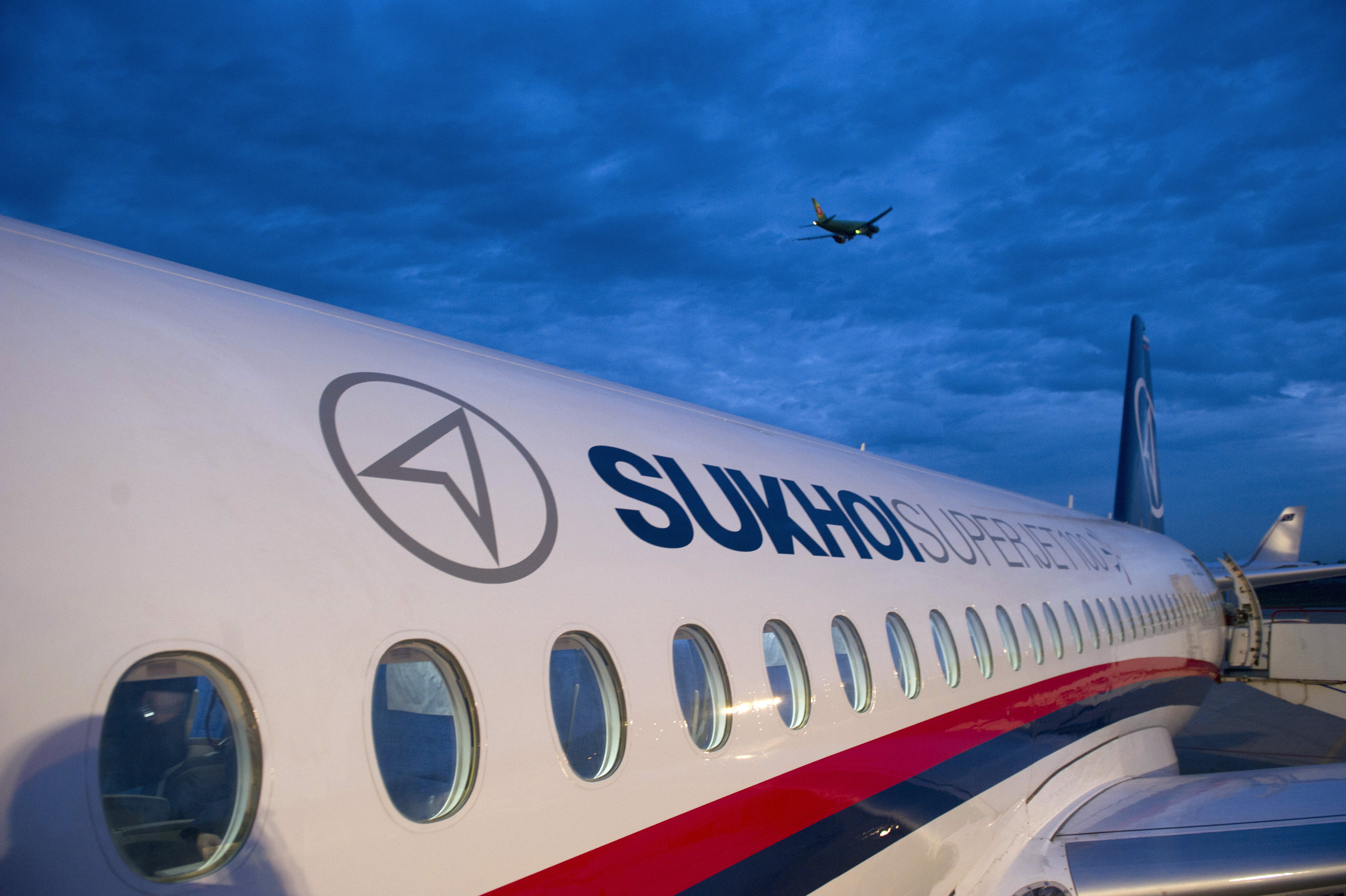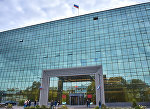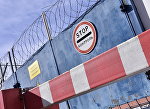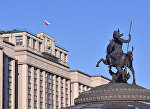MOSCOW, June 2 (RAPSI) – The Moscow District Commercial Court has upheld lower courts’ refusal to recover $3.7 million from Kapital Strakhovaniye Company in relation to the 2012 Sukhoi Superjet-100 crash in Indonesia, the court told RAPSI on Friday.
According to courts, that payment in favor of Kapital Strakhovaniye has been made upon the occurrence of an insured event stipulated under the terms of the reinsurance agreement.
Earlier, the Ninth Commercial Court of Appeals in February put on hold an appeal filed by QBE Corporate against refusal to collect over $4 million from Kapital Strakhovaniye Company in connection with the crash. In the fall of 2016, the court dismissed a lawsuit lodged by six foreign companies against Russian insurer. The case was reconsidered. On February 29, 2016, the Supreme Court of Russia overturned all rulings in this dispute and remanded the case for a new trial.
The plane crashed in Indonesia was insured by Kapital Strakhovaniye, which later reinsured 95% of its risks on the foreign market. The plaintiffs – QBE Corporate, Starr Syndicate, Starr Insurance and Reinsurance, Muenchener Rueckversicherungrs-Gesellchaft AG, Dornoch and Catlin Insurance Company (UK) – reinsured the risks in line with Lloyd's of London terms.
After the crash, the plaintiffs transferred $3.5 million to Kapital Strakhovaniye, which was to compensate the relatives of deceased passengers. After conducting an investigation, the foreign companies decided that this was not an insured accident because the plane had crashed during a demonstration flight and because the insurance policy covered only test flights. In September 2014, the reinsurers sued the Russian company at the Moscow Commercial Court, demanding a refund, plus interest. Three court instances upheld their lawsuit.
The airplane crashed on its first ever demonstration tour, across six Asian countries, over Indonesia on May 9, 2012. All people on board the plane, including eight Russian nationals, were killed. The plane crashed into Mount Salak at an altitude of 1.6 km. Investigation found that the disaster was caused by human error.



